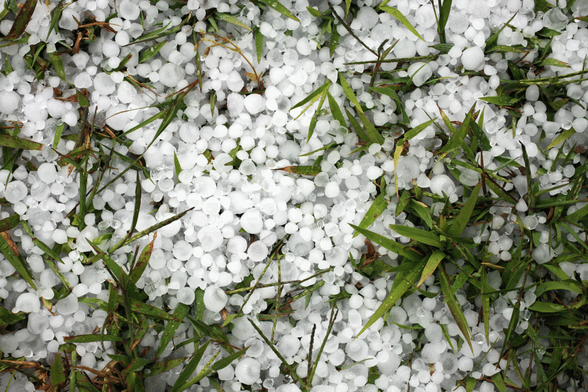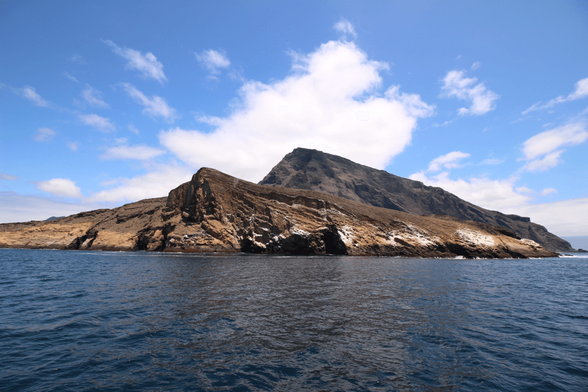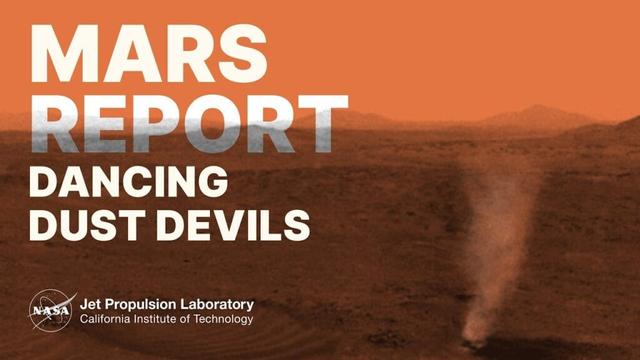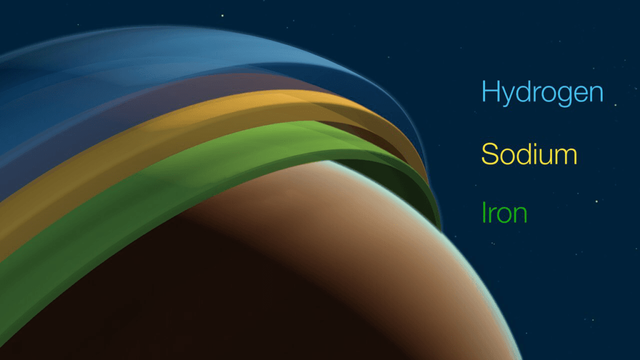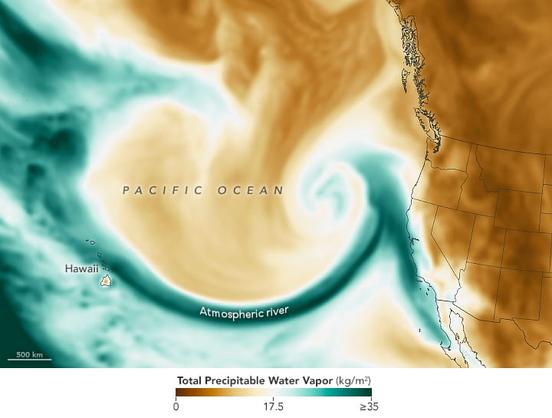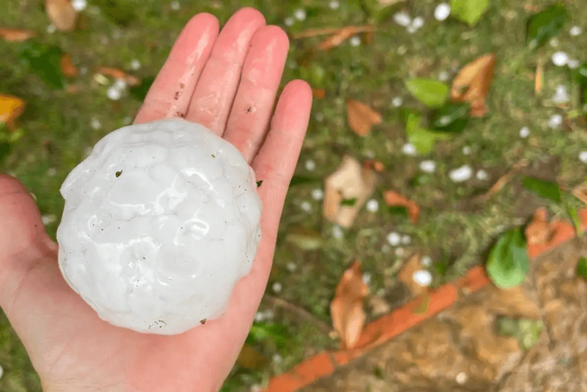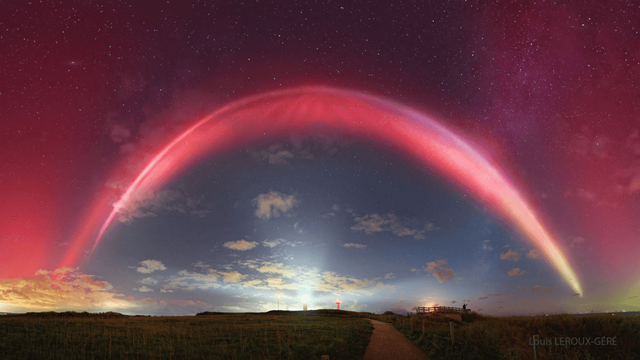On 27th May, the U.S. Federal Communications Commission published "FCC Kickstarts a Proceeding that Could Unlock More than 20,000 Megahertz of Spectrum for High-Speed Internet Delivered from Space". (https://www.fcc.gov/document/fcc-looks-unleash-more-spectrum-satellite-spectrum-abundance) Some of it is a Notice of Proposed Rulemaking and other parts are a Further NPRM. This proceeding has not been released in the Federal Register, so we don't yet know when comments and reply comments are due.
The Commission seeks comment on expanding satellite connectivity across four spectrum bands: 12.7-13.25 GHz, 42.0-42.5 GHz, 51.4-52.4 GHz, and the so-called "W-band" at 92.0-94.0 GHz, 94.1-100 GHz, 102.0-109.5 GHz, and 111.8-114.25 GHz. It covers a number of bands and certainly touches on areas of concern to both #RadioAstronomy and #AtmosphericScience.
